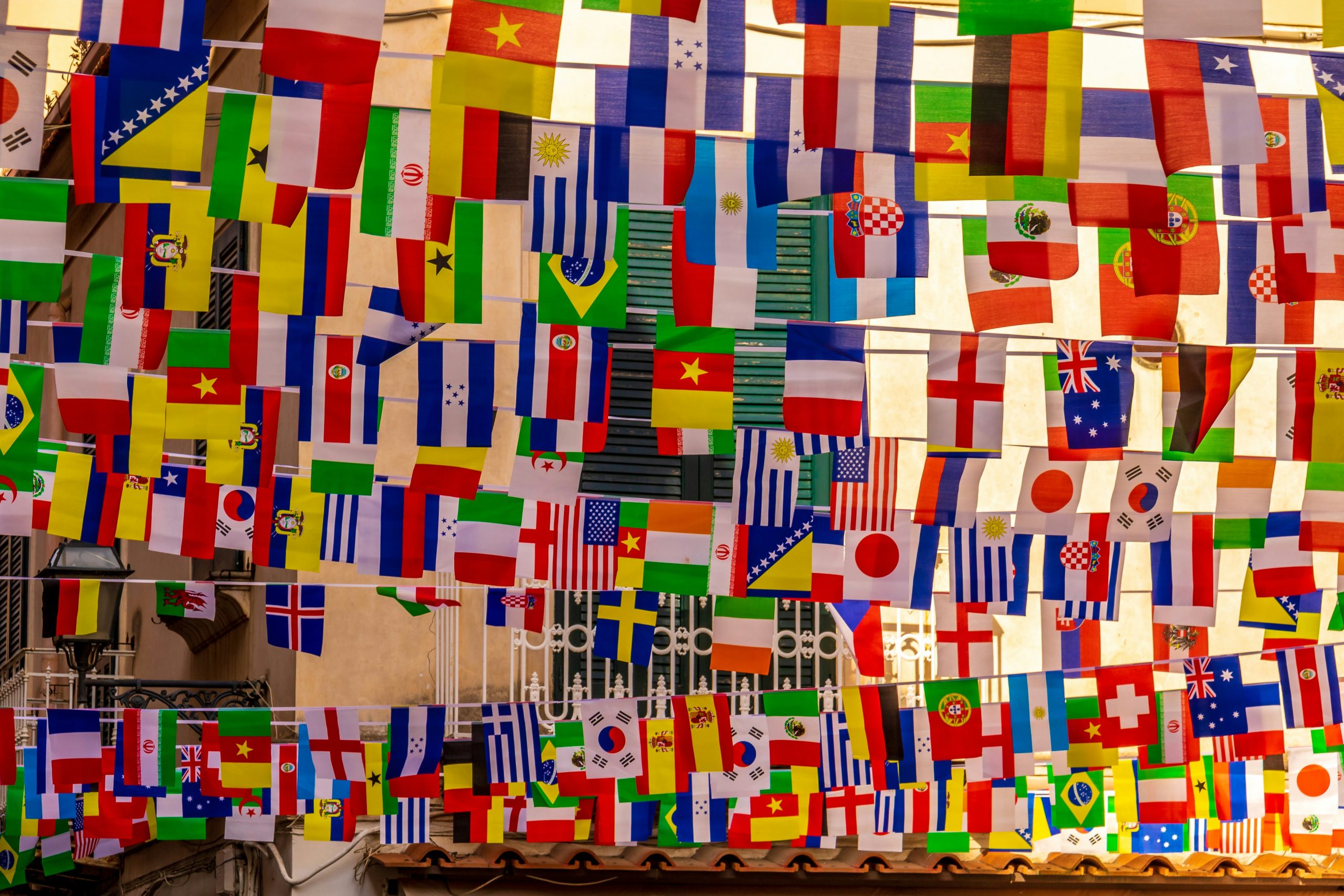How Many Languages Are Spoken in the United States?
Article in partnership with Day Translations.
Even though American English is the official language in the United States, if we consider this continent’s history of immigration we soon discover that there is a variety of languages being spoken in every State.
Having said that, in a theoretical scenario where you are planing to travel to the United States from another country expecting the average person to speak your native language, think again, as you may require the help of an interpreter, particularly in formal situations.
Theoretical scenarios aside, an interesting article looked at what languages people speak across the United States on top of American English.
Looking at Some Data about Languages in the United States
Data from the American Census Bureau showed that, alongside English, Spanish is the second most spoken language in the country. In a 2022 report called What Languages Do We Speak in the United States? the Bureau found that, between the years 1980 and 2019 the number of people who speak a language other than English at home went from about 23 million to almost 68 million.
However, the number of people who can only speak English went from 187 million in 1980 to 241 million in 2019.
About 62% of the population in the United States speaks Spanish as a second language, according to 2019 figures published in 2022.
In absolute terms, looking at the entirety of the United States, the five top languages spoken at home after English by percentages are:
- Spanish at 61.6%
- Chinese at 5.2%
- Tagalog at 2.6%
- Vietnamese at 2.3%
- Arabic at 1.9%.
To note, Tagalog is a Filipino language and Americans of Philippines descent live mostly in California, where their ancestors settled in the 16th century. Tagalog speakers can be found in Hawaii, Illinois, Florida, Texas and New York City.
As of 2019 data, more than 50% of Chinese and Tagalog speakers completed a bachelor’s degree or higher.
Looking at Languages Spoken in the United States
Digging a bit deeper, the data shows that there are approximately 350 languages being spoken in American states (with estimates of up to 430 languages in total), with local variations where one second language is more prominent than others.
After English and Spanish, the third most spoken language in the United States is German, representing about 40 million people in 13 states. For example, you can find some German speakers in Montana, Idaho, North Dakota, Wyoming, Nebraska and Colorado. Early settlers from Germany moved to the American continent during the 1700s and represented the second largest group after the British.
French is spoken by more than 9 million people in the United States, for example in Louisiana, North Carolina and Vermont.
Mandarin Chinese is spoken across various states but it is more prevalent in affluent areas such as New York state, Washington state and California, as well as Kansas and Pennsylvania.
You can find Portuguese speakers on the East coast of America, with a presence in neighbouring states Massachussets, Rhode Island, Connecticut and New Jesey plus in Utah towards the West.
Arabic and Vietnamese speakers represent some large communities in states such as Ohio, Iowa and Michigan for Arabic, and Oklahoma, Texas and Mississippi for Vietnamese.
It is also interesting to note that there is a strong presence of Japanese speakers in Hawaii.
New York as the Melting Pot of Languages
Because of its strategic position and main distribution point for immigration, the city of New York represent a large number of different ethnicities and languages.
Going from one block to another, you can hear a multitude of languages from Bengali to Italian, from Polish to Russian, from Korean to Chinese, from French to Greek.
Other Languages People Speak in the United States
Even though in terms of percentages these languages represent only a small fraction of the American population, here are some notable mentions.
Some American families and individuals can speak Asian languages such as Persian, Punjabi, Bengali, Japanese, Korean, Thai, Gujarati, Urdu and Hindi; and African languages such as Igbo, Somali, Yoruba and Swahili (source: State Demographics Data | migrationpolicy.org).
